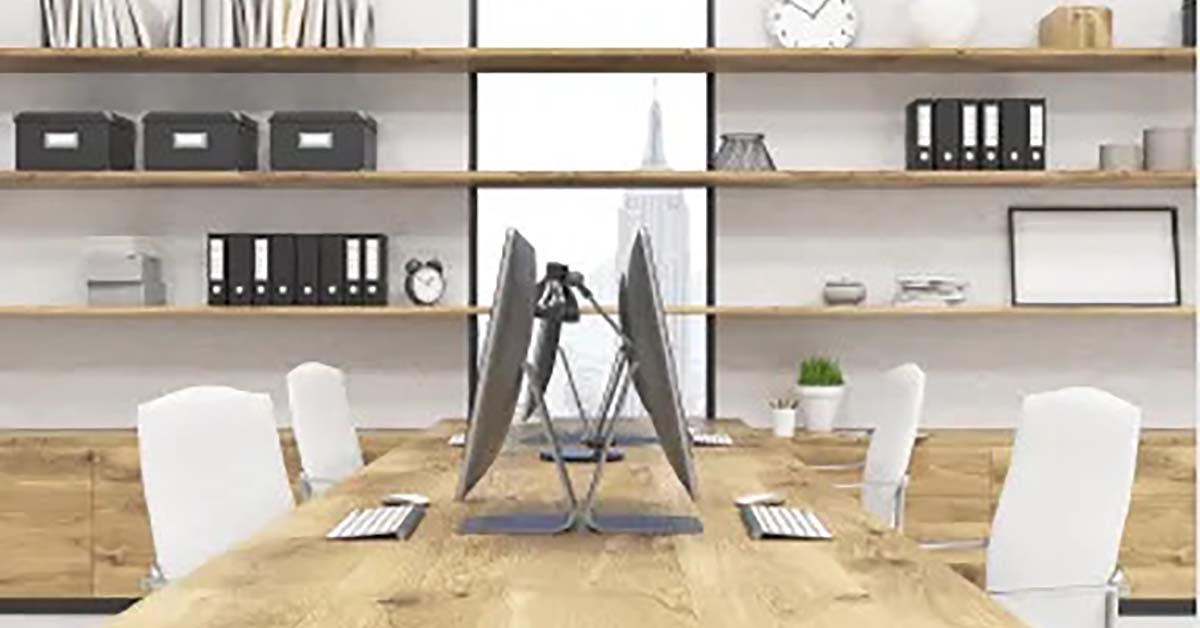
Increasingly, companies are looking to hire more workers on the autism spectrum, and for good reason. Lower turnover, attention to detail, strong analytical skills and innovation are among a few of the reasons why.
Companies like Potentia help employers to tweak their screening and management practices to allow spectrum workers to perform at their best. There are other work environment aspects that can also be beneficial to spectrum (and all) workers. They include:
1. Check Office Lighting
Many people are sensitive to bright and flickering lights: even the flicker from an ordinary fluorescent bulb can register like a flashing strobe. An autism-friendly work environment means non-flickering LED or incandescent bulbs, preferably with adjustable dimmer switches where light doesn’t shine directly into their eyes.
2. Room of Their Own
Nearly everyone with autism hates being “crowded” or interrupted frequently when working: an open-floor setup can sometimes be challenging. If separate offices are not possible, separate cubicles in lower traffic areas can also be helpful. Some also use color coded signs to indicate when an individual is in deep focus on a project and would prefer not to be disturbed.
3. Uncluttered and Organized
People on the spectrum often prefer the security of structure and routine, which can mean dedicated workers who are comfortable in their jobs for years—provided they aren’t constantly required to change their plans or find things others have moved. As far as is possible, let them arrange their own work areas and schedules. And keep communal areas uncluttered, well-stocked, and organized.
4. Room for Restlessness/Recharging
While many people with autism love routine, many are not comfortable sitting motionless for long periods. Give them space for pacing and fidgeting. And provide cushioned (and durable!) office chairs. A quiet room in which to unplug can also be very helpful.
5. Furniture
Autism can also make people sensitive to rough textures. Smooth chair coverings work best. Also reconsider dress requirements that include neckties, stockings, or business suits as they can be uncomfortable for spectrum workers.
6. Decorate in Pale Greens, Blues, and Purples
Overly bright colors, especially reds and yellows, can be as distracting as bright lights, so choose paints and wall hanging colors with care. If your field or brand requires some bright colors (as is common in creative fields, which also need the autistic brain’s out-of-the-box thinking abilities), make sure you also provide autism-friendly areas for work and breaks.
7. Think About the Other Senses
Employees with autism have “softness” preferences not only in sight and texture, but in sound and scent. Quiet background music or white noise is recommended, as are diffusers with soothing scents such as lavender.
Inclusive Workplace Best Practices can benefit all employees. While “optimal design” can refer to how you interview, onboard or manage your employees, it can also refer to the actual physical work environment you create – ideally with a healthy dose of employee input.
This needn’t be complicated or expensive. Many of the above suggestions will help your entire staff, not just those with autism. Employees can bring their own diffusers, chair cushions, or light bulbs—and just allowing them the dignity of having input will go a long way toward heading off issues related to autism. When in doubt, as we always say, Ask the Person (ATP)
Additional References- Diane Cowen, “How interior design can be a tool in managing life with autism,” Houston Chronicle, February 13, 2020.
